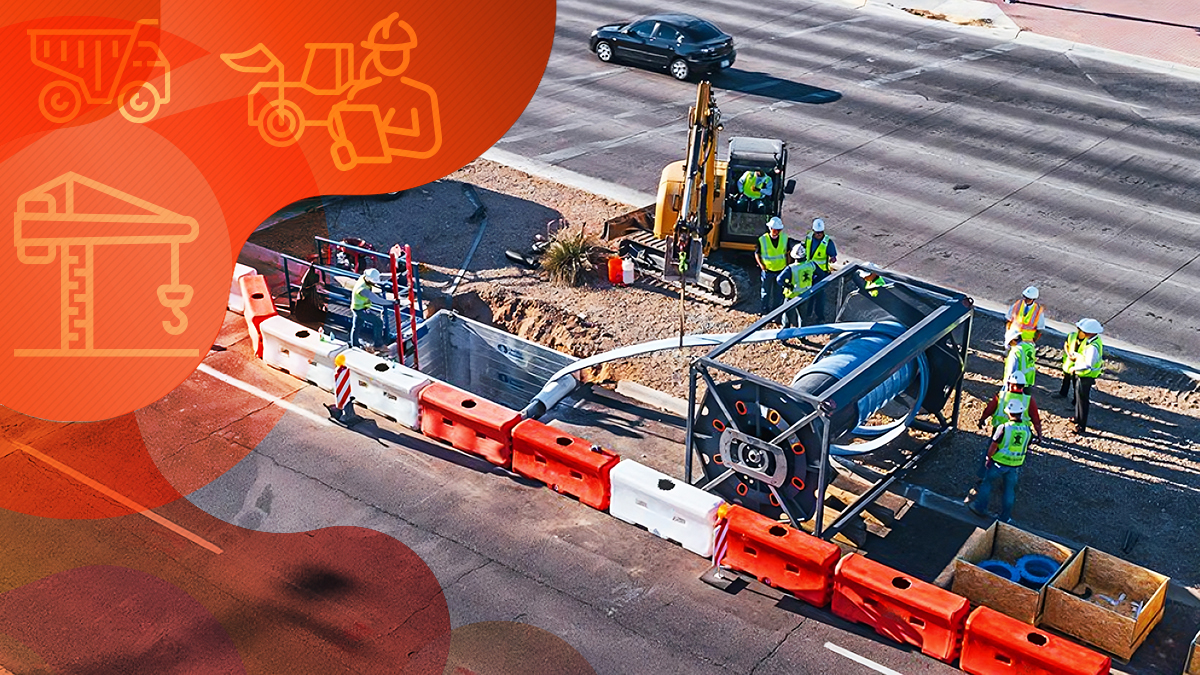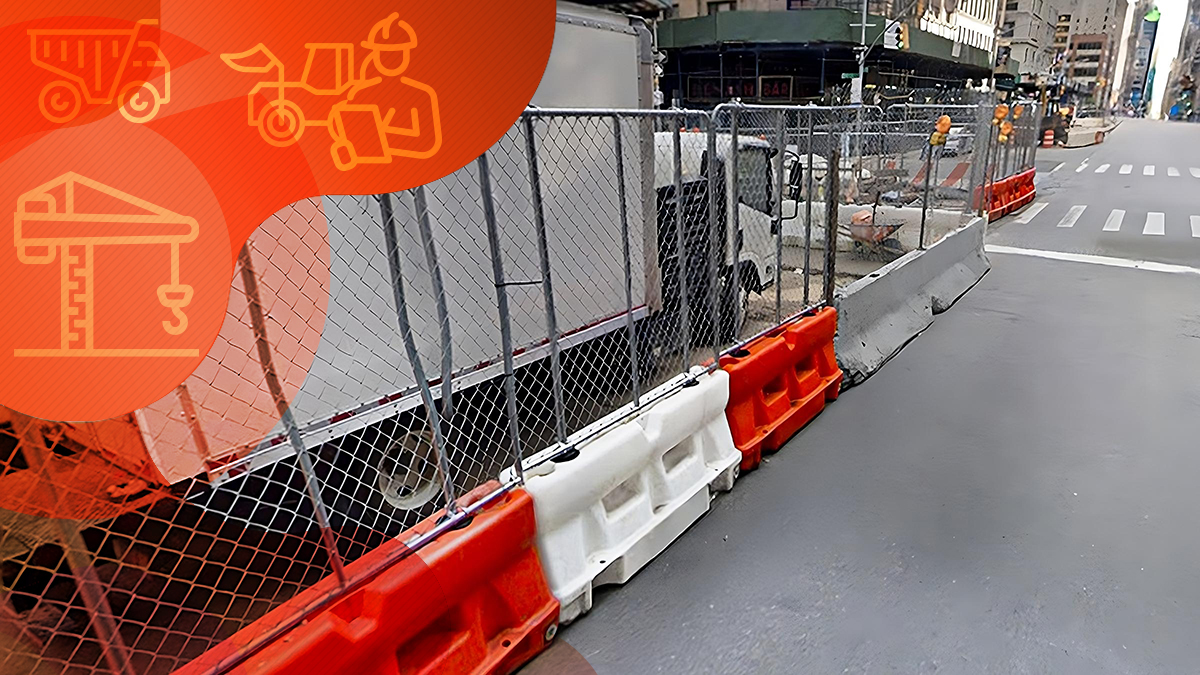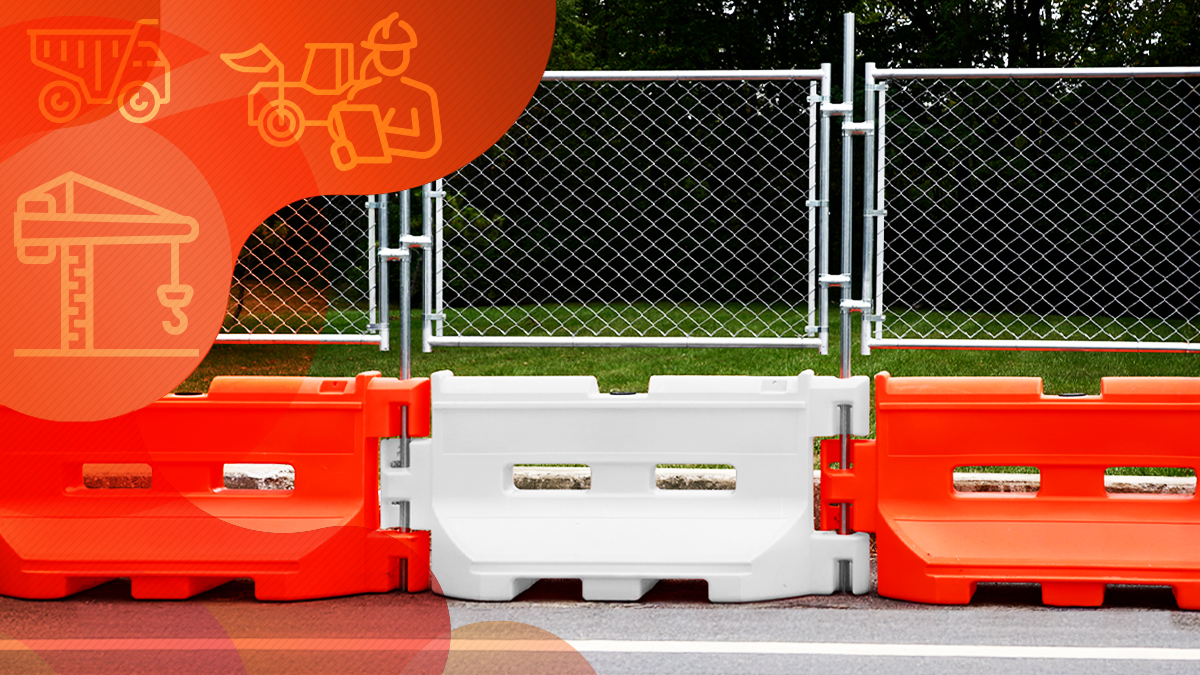Construction PPE Requirements for Contractors
Learn what personal protective equipment is essential for keeping your workers safe and ensuring OSHA compliance on every job site.

PPE for contractors follows a few general rules. Eyes, face, hands, feet, hearing, and head should all be protected while on the clock. But these standard OSHA recommendations only provide the broad strokes; they don't provide the details.
Because construction tasks are potentially deadly, construction safety equipment can be a literal lifesaver. Below, we'll break down these categories, separating the requirements from the additional safety measures you can take.
Personal Protection Equipment Regulations
The Occupational Safety and Health Administration stipulates that employees must wear appropriate PPE. This PPE must protect against hazardous conditions or reduce the risk of hazards for workers.
These rules are not specifically made for contractors. This means that construction employers determine how to apply these rules to protect workers. Keeping workers safe from blunt trauma, falls, electrocution and other common injuries comes down to learning about the different types of PPE.
Here are a few tips to help you determine what you need:
- Conduct a PPE assessment: This usually occurs at the start of a project, when conditions change or if PPE becomes ineffective. For example, if a client changes the parameters of the work being performed or if a face mask doesn't have the necessary respiratory rating for the on-site chemicals.
- Identify all hazards: This includes the major red flags, such as exposed wires and unexpected debris. However, you should be combing through the entire work area for less obvious risks. This way, you're more likely to stock the necessary PPE.
- Opt for Higher Level of Protection: Ideally, you should be able to control many of the hazards on-site. If you can't, choosing the highest protection standard available is typically better. Supervisors should be checking the fit of PPE to ensure that it works. They should also provide guidance on PPE's limitations, so employees aren't given a false sense of security.
- Document: Official PPE Hazard Assessment documents can help you document all PPE information, including the name of the worksite, the person performing the assessment, and the date of its completion.
The more organized you are with your PPE assessments, the easier it is to keep up with regulations. It's worth noting that OSHA doesn't have a fixed schedule for changing its standards. New recommendations and requirements can stem from public pressure, industry changes, and new research.
Types of PPE
The exact number of PPE types often depends on how people break up the categories. However, they all typically cover the same body parts and are designed to protect workers from the same conditions.
Let's run through the types of PPE and how they're typically used on a job site.
Head Protection
If the construction worker is vulnerable to head injury, whether from falling objects or electrical burns, they must wear head protective equipment.
This is an ongoing problem for employers in the construction industry. Head injuries often lead to traumatic brain injuries (TBI), and TBIs account for up to 25% of all work-related injuries.
Employees in smaller companies are 2.5 times more likely to die from TBI compared to those in larger companies (with workers over 65 being most at risk). Roofers had some of the highest rates of fatal TBIs.
Hard hats need to be tight and secured at the back strap to prevent workplace injuries. Should the hard hat slip to the side or jostle upon impact, it may provide minimal protection in the event of a collision or impact.


Eye and Face Protection
Construction workers should wear PPE to protect against chemicals and debris alike. This may include face shields, goggles, or safety glasses. Sharp objects, gas exposure, and liquid agents can cause more than just eye irritation; they can lead to loss of sight and permanent scarring.
Around 20,000 construction workers suffer from eye injuries every year. Failure to wear PPE is the single most cited reason for injuries like bone fractures, corneal damage, eyelid lacerations, and hyperemia.
Employers are responsible for assessing the dangers and training workers on how their equipment should be fitted and worn. All eyewear and face wear needs to be fitted to the employee. That way, the worker's vision and movements aren't hampered while they're performing their necessary duties.
Safety Boots
Safety boots are often more than just standard work boots on a construction site. Steel toes help protect against dropped objects and structured all-over protection protects the worker from protruding objects (e.g., nails, etc.).
With 33 joints, 26 bones, more than 100 muscles and tendons, your feet rank among the most vulnerable parts of your body. Basic safety footwear should not only be provided by the employer, but it should also be replaced anywhere from 1 to 2 times per year.
Respiratory Protection
In one study, more than half of construction workers were found to have lung restriction. This inability to hold sufficient ar in your lungs is often linked to the inhalation of crystalline silica in dust on construction sites. Respiratory protection ensures that the worker breathes in as little dust, chemicals, and pollutants as possible.
This can include facepieces or masks, which provide the wearer with cleaner air by filtering airborne contaminants. If these protections aren't properly fitted to the worker, they may end up ingesting the hazardous material, which can cause long-term respiratory or other health issues.


Skin Protection
If a worker's skin is damaged, it's usually because their hands were exposed. Safety gloves with thermal protection help protect workers against both hazardous substances, such as chemicals and high heat.
Every year, around 110,000 hours are lost due to hand injuries in the workplace. To keep your employees on track, the gloves, arm coverings, and finger guards should be selected based on the tasks at hand.
Falls
Falls on a job site can occur for any number of reasons. In some cases, it's as simple as a construction worker walking too close to the building's edge. According to OSHA, anyone working 6 feet above the ground must have fall protection.
In 2022, just under 40% of all deaths in the construction industry were caused by falls. Construction safety equipment for falls can be as simple as a guardrail or as complicated as a custom-fit harness.
Whether you use safety nets or fall arrest systems, OSHA requires the proper setup and fit for each worker. This way, if the worker does fall, the impact is distributed throughout the worker's body. The goal is to stabilize the worker even in the case of an accident.
Electrical Shock
Electrical shock is a common risks for construction workers. Rubber materials, like insulating blankets, matting, covers, line hoses, gloves, and sleeves, can all be used to keep workers from injury.
If you employ electrical contractors, you can go so far as to outfit them in head-to-toe PPE that minimizes exposure to all electrical-related dangers. While it may not be quite as deadly as falling, electrocution remains a leading cause of fatalities in construction.
Hearing Protection
Your ears are highly sensitive to loud and sustained noise. A standard drill is 95 decibels. A worker can experience hearing damage at 91 decibels over the course of just two hours. The right PPE can stave off hearing loss.
Earplugs and earmuffs can go a long way toward protecting your workers' ears and hearing. This is important when so many workers are exposed to damaging noise and tinnitus is a common condition.


Additional Safety Measures for Construction Workers
PPE can be used to avoid accidental and intentional exposure alike. When your workers are in such extreme conditions, it helps to limit exposure altogether:
- Protocols: Your safety plans and protocols are the cornerstone of your safety measures. Even the most experienced construction workers need to know what's expected of them, so they can stay safe.
- Weather monitoring: Paying attention to the weather allows you to keep workers safe even as conditions change. Whether it's rain or wind, supervisors and decision-makers can start making plans long before injuries occur.
- Equipment maintenance: Well-maintained equipment will both function properly or power down before it reaches a critical level.
- Ventilation: Respiratory PPE can't remove all contaminants. Workers need fresh air if they're inhaling fumes and dust.
- Mental and physical tips: Heavy lifting on a construction site can cause anything from worker fatigue to back injury. Policies should not oonly include tips on how to lift with your back, but ways to spot tired or overly stressed workers as well.
Worker safety is an ongoing battle for most employers, especially smaller companies who often work with razor-thin budgets. Without the right PPE, the odds of injuries and accidents can make for precarious projects.
In addition to dangerous, sometimes deadly, conditions, entire construction schedules can be thrown entirely off track with even a minor on-site incident. If you want to learn more about the Fatal Four and how PPE can help you stave off the worst-case scenarios, check out our post on common construction site accidents.
Trend now

Reducing Impact Damage with Water-Filled Plastic Jersey Barriers
Understanding the effects of barrier materials on vehicles and their occupants can help improve road safety.

Choosing Between Concrete or Plastic Jersey Barriers
Not all barriers are built the same. Here’s what to know before choosing between plastic and concrete.

Advantages of Water Barriers with Fence Toppers
Learn how a fence topper transforms water barriers into a more secure, private, and effective work site solution.

